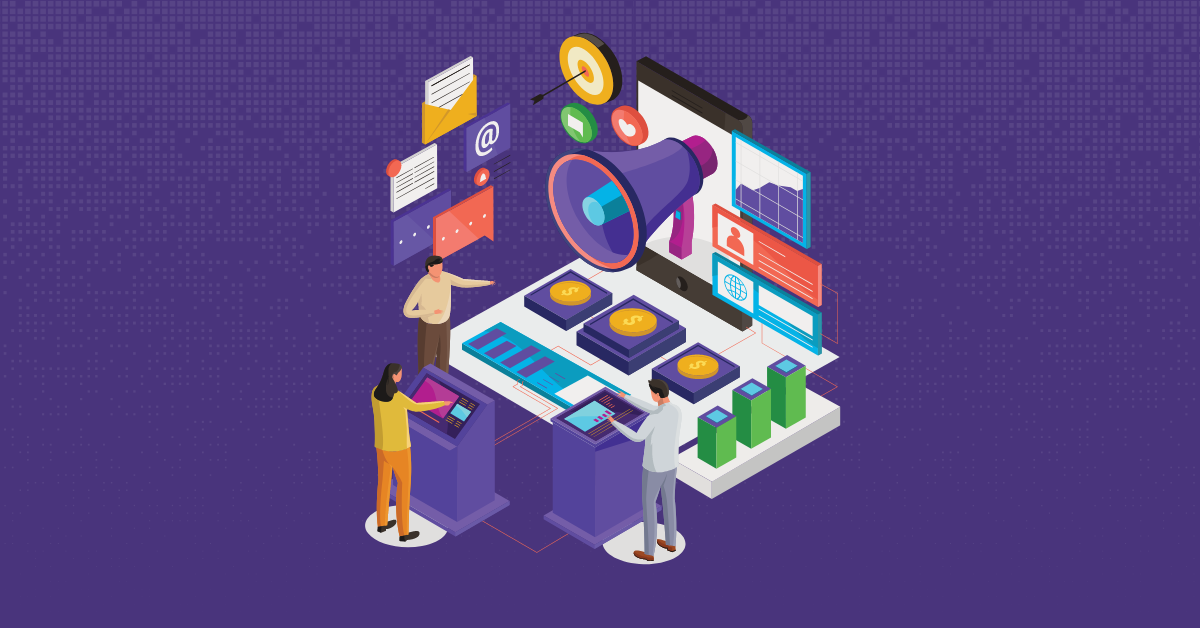

Time to market is a make-or-break proposition for many development teams. A first-mover advantage can provide a competitive edge that can last for years, if not decades. However, speed isn’t the only priority when delivering software. Code needs to be high-quality and secure, too. Applications that launch too quickly risk security and quality — which can backfire regardless of how fast they’re completed. Companies can find it hard to recover from reputation-damaging incidents, particularly if stiff fines and legal penalties accompany them.
So, development teams face competing tensions to quickly produce secure, quality code. In this environment, no team can afford to waste time doing useless or redundant work. Here are six productivity killers and how development teams can avoid them.
While leaders want to encourage teams to perform at their best, setting unrealistic goals will only defeat the purpose. When people feel like they can’t reach a milestone, they are defeated from the start and less motivated even to try. Managers must understand how much work their developers can accomplish to set realistic project timelines. This will improve morale and motivation and is imperative for fostering a healthy work environment where projects can be delivered on time and under budget.
You can measure development team productivity most effectively by considering whether work fits into the inner or outer loop. Inner loop activities include those directly tied to creating the product, such as coding, building, and testing. Outer loop activities include pushing code to production, such as integration, integration testing, meetings, and security and compliance activities.
To create the most value, teams should spend 70% of their time on inner loop activities. Outer loop activities, such as provisioning infrastructure and manually testing code, tend to be lower-value and time-consuming.
It’s challenging to track progress without concrete metrics. Several different standards exist, and the most effective will depend on organizational goals and the makeup of specific teams.
The SPACE framework is unique because it doesn’t just consider the finished product when gauging productivity. It also takes into account developer well-being. The acronym stands for:
This model correlates how satisfied developers are with their jobs, how well they perform them, and how efficient they are. Leaders can get a holistic picture of developer productivity and job satisfaction. However, it does require a lot of data and may not be effective for smaller teams.
DevOps Research and Assessment (DORA) metrics show how well teams deliver value to users by looking at the entire software development lifecycle. There are four metrics in the DORA system:
Measuring these will help organizations understand how well their development teams can deliver new software, manage changes, and recover from failure.
Some other metrics that can be valuable in measuring development team productivity include:
Development teams that have to deal with scope creep rarely perform efficiently. When project expectations frequently change, developers can get burned out. They often waste time due to having to rework features and trying to adapt to confusing standards. Leaders are better off completing a project with the original scope and then beginning another phase with the additional features or requirements. Every project should have a clear vision and direction. Working within an agile development model like Scrum can help define clear goals and allow for change management during later sprints.
When development teams take shortcuts during the build process instead of adequately addressing issues as they arise, they create technical debt. Like monetary debt, technical debt must be paid back at some point — often at an inconvenient time. There are some valid reasons to take on technical debt. However, it needs to be carefully considered. Sometimes, addressing the root cause will significantly slow the release of a product or feature. In these instances, teams may choose a quick fix and deploy a more comprehensive fix later.
Development teams have to balance business goals with optimal code choices.
One huge source of inefficiency in development teams is performing tasks manually when they could be automated. They are using automated tools for code reviews and testing, which can free teams to focus on high-value tasks instead of repetitive manual tasks. Automated tools also perform these tasks much more effectively by eliminating human error.
Software composition analysis (SCA) tools can scan codebases for open-source or third-party components, so DevOps teams understand what’s in the codebase. Static application software testing (SAST) tools continuously scan code so teams can find and remediate flaws early in the pipeline — before they become big issues that are expensive and time-consuming to fix.
Kiuwan’s comprehensive application security solution helps development teams maximize efficiency and productivity with automated code security tools. To learn how we can help your teams deliver high-quality, secure code faster, request a demo today.


